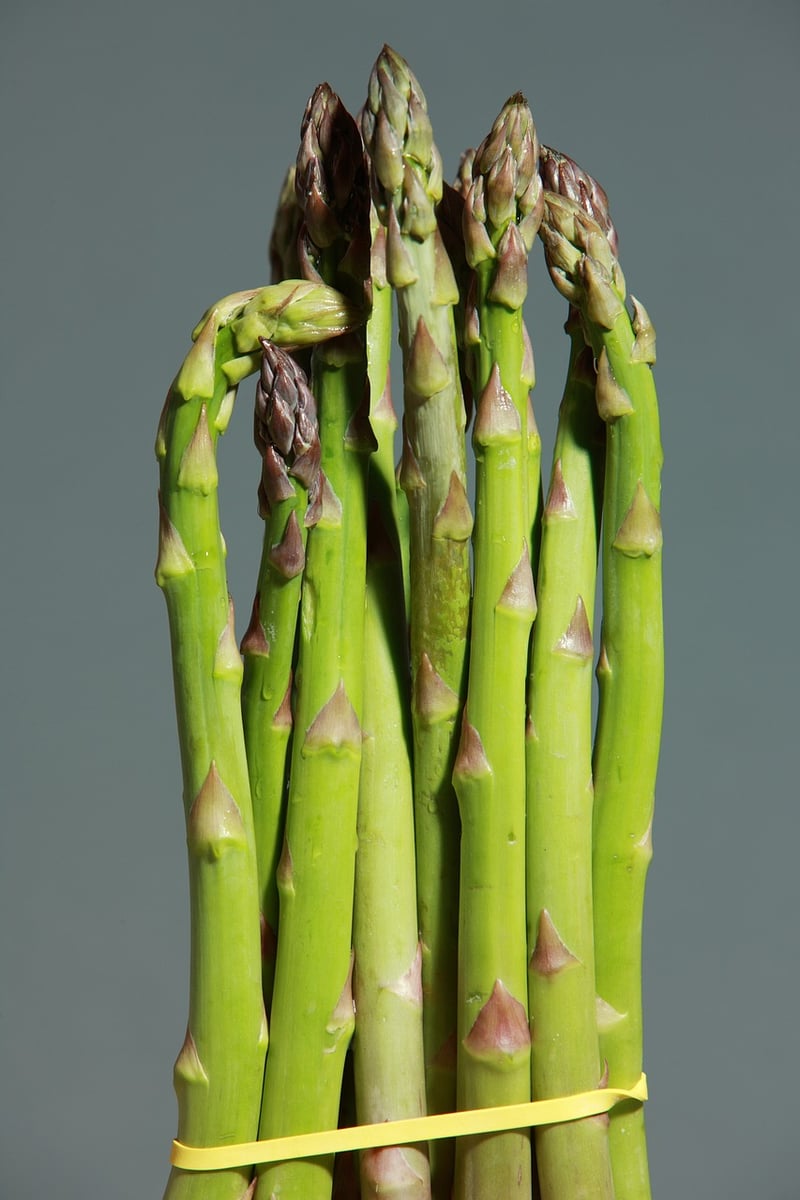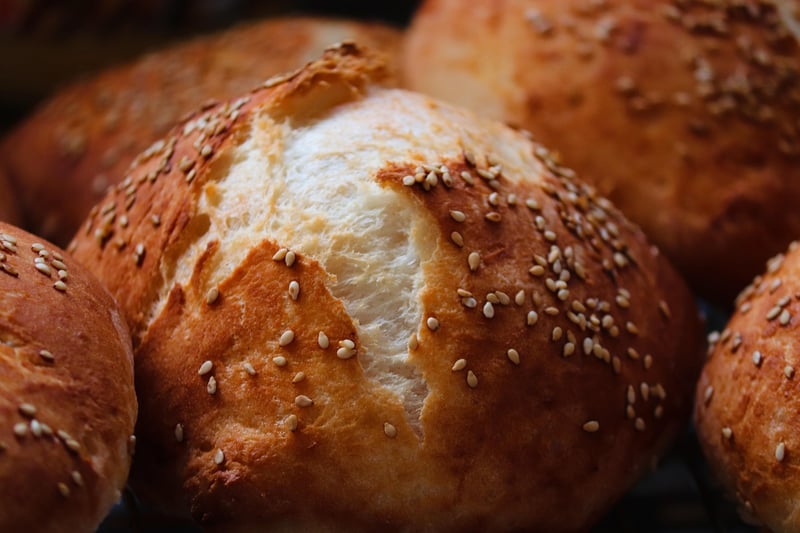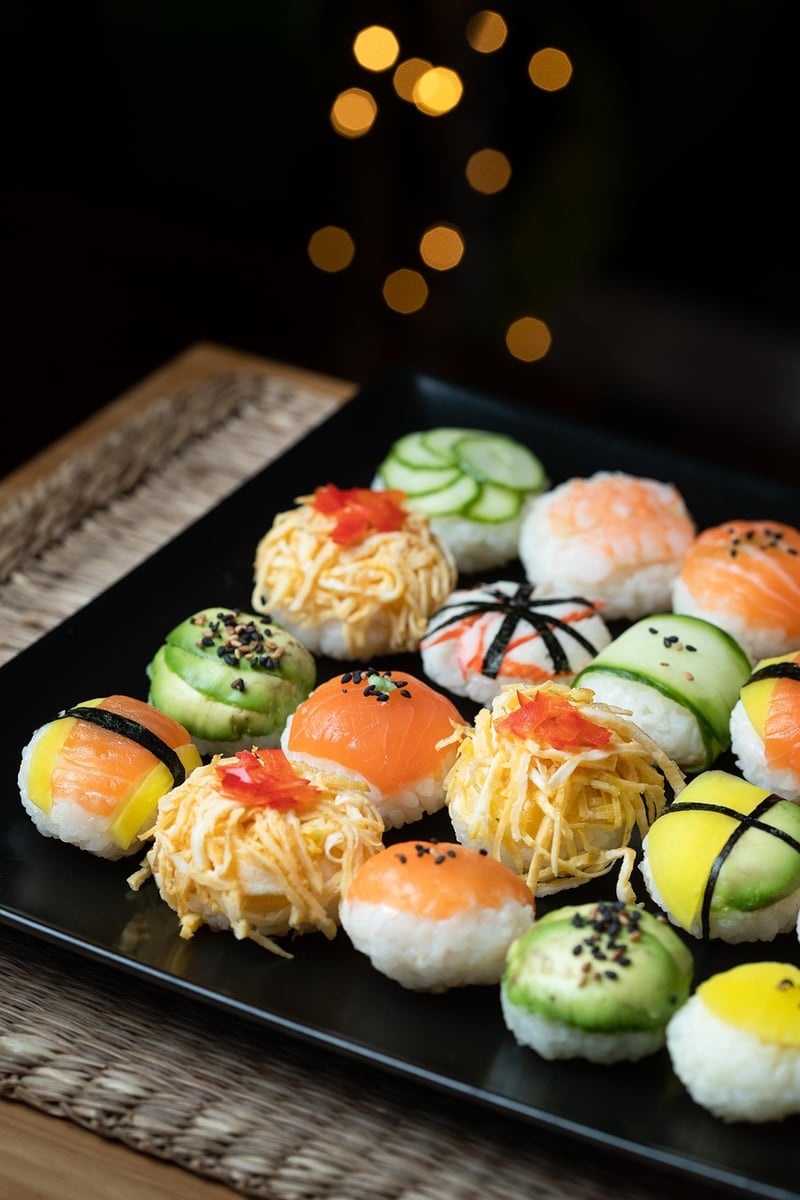Plate Presentation
Appreciating Food as an Art Form: The Importance of Plate Presentation
Food is not just sustenance; it is an art form that engages all our senses. From the aroma that tantalizes our taste buds to the vibrant colors that please our eyes, every aspect of a dish is carefully crafted to create a memorable experience. One crucial element of this culinary artistry is plate presentation.
The Role of Plate Presentation
Plate presentation is more than just placing food on a plate; it is an opportunity for chefs to showcase their creativity and attention to detail. A beautifully presented dish not only enhances the dining experience but also reflects the chef's skill and dedication to their craft.
Key Elements of Plate Presentation
Several key elements contribute to an aesthetically pleasing plate presentation:
- Color: Vibrant and contrasting colors create visual interest and make the dish more appealing.
- Balance: A well-balanced composition ensures that the various components of the dish are harmoniously arranged on the plate.
- Texture: Incorporating a variety of textures, such as crispy, creamy, or crunchy, adds depth to the dish.
- Height: Building height through layering or stacking ingredients can make the presentation more dynamic.
- Negative Space: Leaving empty space on the plate can help draw attention to the main elements of the dish.
Examples of Stunning Plate Presentations
Take a look at these visually striking examples of plate presentations:

Image source: Pixabay

Image source: Pixabay
Conclusion
Plate presentation is an essential aspect of appreciating food as an art form. By paying attention to the visual aesthetics of a dish, chefs elevate the dining experience and invite diners to savor not only the flavors but also the beauty of their creations.
